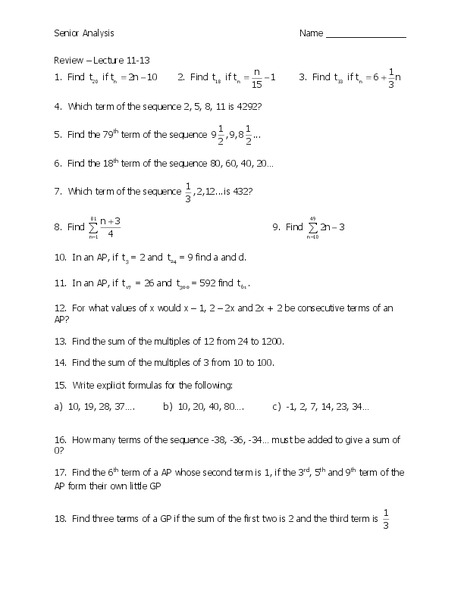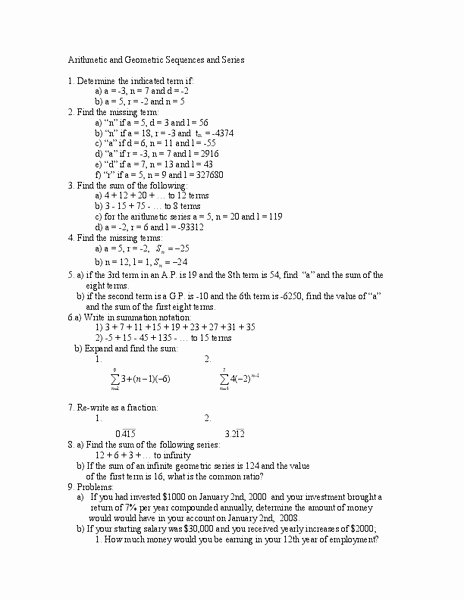

You see, the moon is approximately 400 times smaller than the sun, but it is also approximately 400 times further away. But how is this possible when the moon is so much smaller than the sun? We also see concentric circles in the rings of Saturn.īut we also see a unique symmetry in outer space that is unique (as far as scientists can tell) and that is the symmetry between the earth, moon and sun that makes a solar eclipse possible.Įvery two years, the moon passes between the sun and the earth in such a way that it appears to completely cover the sun. The planets orbit the sun on paths that are concentric. Moving away from planet earth, we can also see many of these same mathematical features in outer space.įor instance, the shape of our galaxy is a Fibonacci spiral.


If you live near woods, you might go looking for a fallen tree to count the rings, or look for an orb spider web, which is built with nearly perfect concentric circles. But we also see concentric circles in the layers of an onion and the rings of trees that form as it grows and ages. This means the circles are all different sizes, one inside the other.Ī common example is in the ripples of a pond when something hits the surface of the water. Concentric means the circles all share the same center, but have different radii. Concentric Circles in Nature:Īnother common shape in nature is a set of concentric circles. Although we usually think of bubbles as round, when many bubbles get pushed together on the surface of water, they take the shape of hexagons. We also see hexagons in the bubbles that make up a raft bubble. But did you know that every snowflake is also in the shape of a hexagon? The most common example of nature using hexagons is in a bee hive.īees build their hive using a tessellation of hexagons. A regular hexagon has 6 sides of equal length, and this shape is seen again and again in the world around us. Hexagons in Nature:Īnother of nature’s geometric wonders is the hexagon. Learn more about fractals and how we see and apply them in our world today at the Fractal Foundation. In other words, if you were to zoom way in or zoom way out, the same shape is seen throughout.įractals make up many aspects of our world, included the leaves of ferns, tree branches, the branching of neurons in our brain, and coastlines. A fractal is a self-similar, repeating shape, meaning the same basic shape is seen again and again in the shape itself. The numbers in this sequence also form a a unique shape known as a Fibonacci spiral, which again, we see in nature in the form of shells and the shape of hurricanes.įractals are another intriguing mathematical shape that we seen in nature. What’s remarkable is that the numbers in the sequence are often seen in nature.Ī few examples include the number of spirals in a pine cone, pineapple or seeds in a sunflower, or the number of petals on a flower. The next number is 3 (1+2) and then 5 (2+3) and so on. Therefore, after 1 and 1, the next number is 2 (1+1). Named for the famous mathematician, Leonardo Fibonacci, this number sequence is a simple, yet profound pattern.īased on Fibonacci’s ‘rabbit problem,’ this sequence begins with the numbers 1 and 1, and then each subsequent number is found by adding the two previous numbers. Here are a few of my favorite examples of math in nature, but there are many other examples as well. Have you ever stopped to look around and notice all the amazing shapes and patterns we see in the world around us? Mathematics forms the building blocks of the natural world and can be seen in stunning ways.


 0 kommentar(er)
0 kommentar(er)
